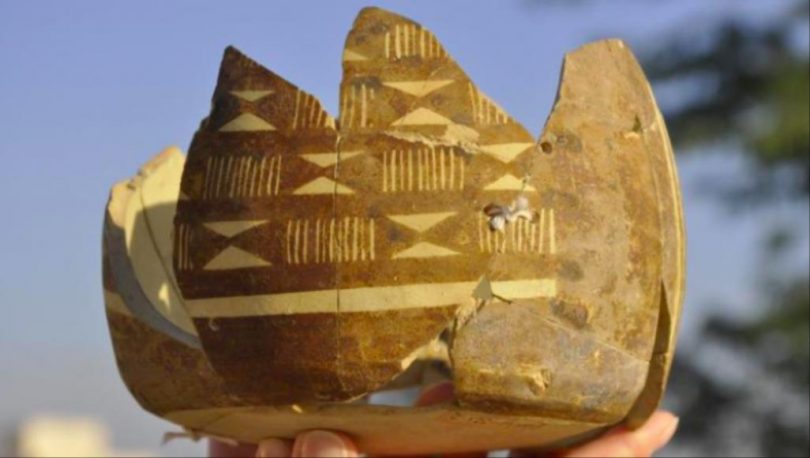Archaeologists have announced a stunning discovery at the archaeological site of Bahra 1 on the northern coast of the Gulf of Kuwait, which would change previous beliefs about the beginning of advanced human civilization.
An archaeological expedition, led by the Polish archaeologist Piotr Belinski, whose members include the Sultan of Al-Duweish and Hamed al-Mutairi, a temple and a public square of the 7500-year-old temple, indicates the existence of an advanced community life.
The little-known Obeid civilization was the first civilization of agricultural settlers who moved to the region that later became Sumer in the southern region of Mesopotamia.
The ancient agricultural activities in the large rural housing centers are characterized by the adoption of advanced irrigation techniques and the appearance of the first temples.
Professor Bilinsky says the indicators suggest that "a temple was a building with a function that combines the elements of a slave culture."
Further research may prove that the buildings are the oldest of its kind not only in Kuwait, but also in the entire Arabian Gulf region and even throughout the world. A large area was also found among the buildings, which Belinsky described as "a square or a village square". He added that this area "refers to the city planning, which is very surprising in a location this early date." In addition, archaeologists have found at least ten other structures and 16,000 pieces of pottery. Bahra 1 is the largest settlement of the Obeid civilization found on the Arabian Peninsula so far. It is believed that this mysterious culture led to the creation of the first city in the region and was characterized by a complex social structure that archaeologists are still looking for. Source: Websites




